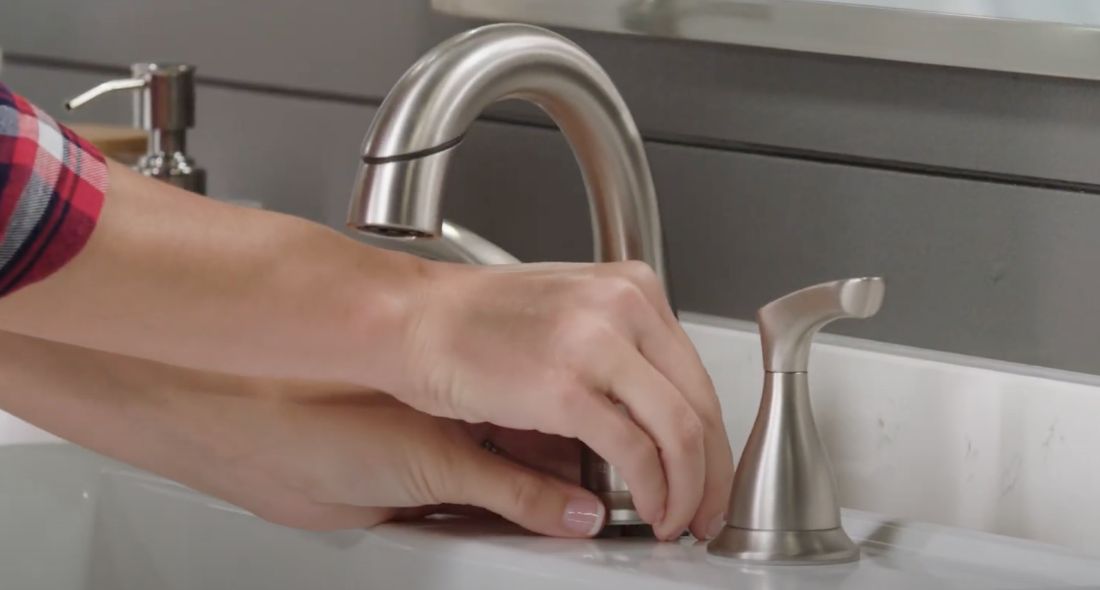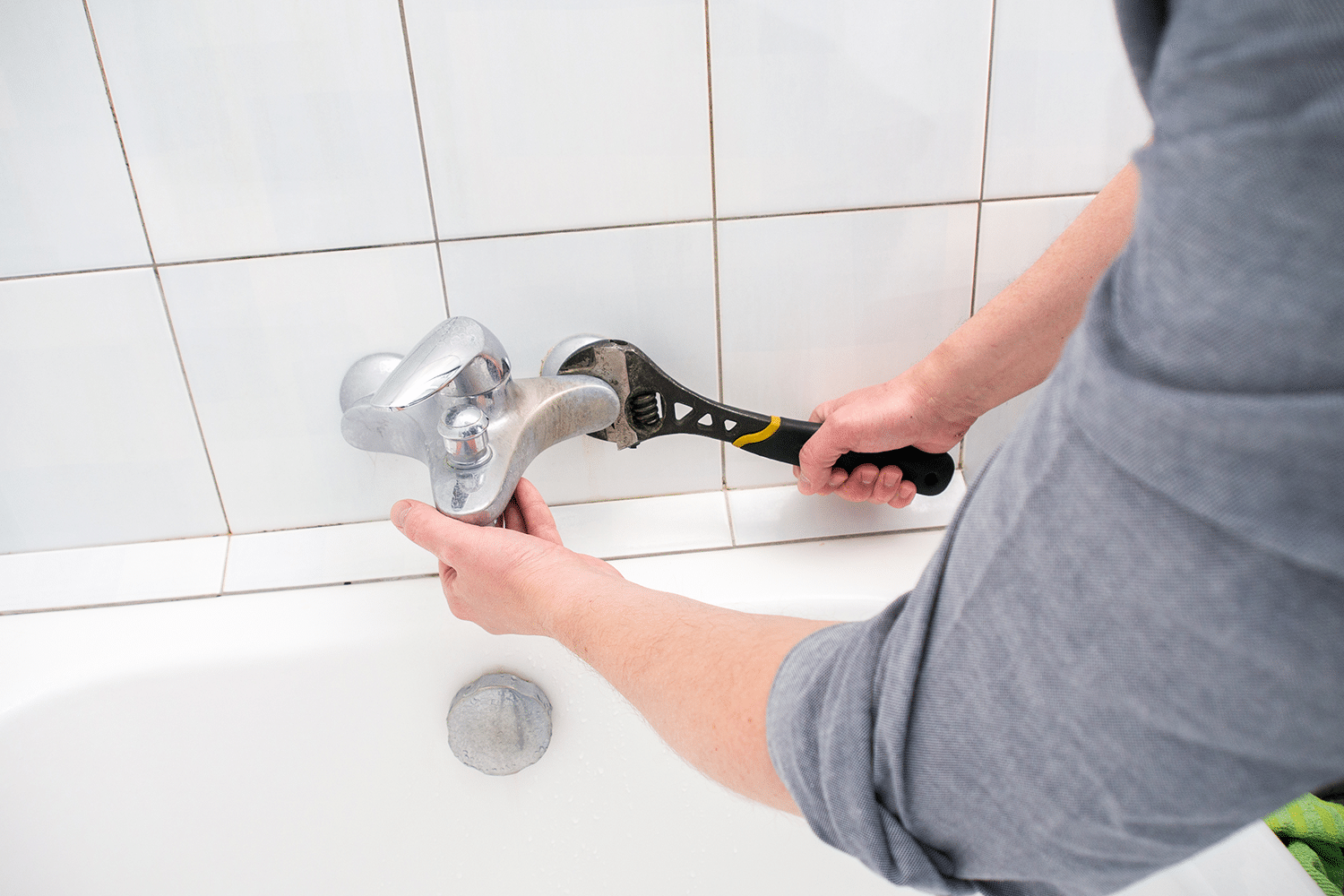What It's Crucial to Fix a Dripping Faucet
What It's Crucial to Fix a Dripping Faucet
Blog Article
We have stumbled on this great article pertaining to How to Fix a Dripping or Leaky Faucet listed below on the web and felt it made good sense to quickly share it with you here.

Leaking taps may appear like a minor aggravation, yet their effect exceeds just the inconvenience of the audio. From drainage to sustaining unneeded economic expenses and wellness risks, disregarding a trickling tap can bring about numerous consequences. In this post, we'll look into why it's crucial to address this typical house concern without delay and effectively.
Waste of Water
Environmental Influence
Leaking taps contribute dramatically to water waste. According to the Environmental Protection Agency (EPA), a solitary tap leaking at one drip per second can squander greater than 3,000 gallons of water per year. This not just stress water resources yet also impacts environments and wild animals dependent on them.
Financial Expenses
Enhanced Water Bills
Past the ecological effect, trickling taps can pump up water costs substantially. The built up wastefulness in time equates right into higher utility costs, which might have been avoided with timely repair work.
Potential Residential Property Damages
Furthermore, prolonged dripping can result in damage to components and surface areas surrounding the faucet. Water build-up can create discoloration, deterioration, and even structural problems if left ignored, resulting in added repair work costs.
Wellness Problems
Mold and Mold Development
The continuous presence of wetness from a leaking tap produces an excellent atmosphere for mold and mildew development. These fungis not only jeopardize interior air top quality however likewise position health dangers, particularly for people with respiratory problems or allergic reactions.
Waterborne Illness
Stationary water in leaking faucets can become a breeding ground for germs and various other pathogens, enhancing the risk of waterborne illness. Contaminants such as Legionella germs grow in stationary water, potentially bring about major illnesses when consumed or inhaled.
DIY vs. Expert Fixing
Advantages and disadvantages of Do It Yourself Repair Service
While some may attempt to fix a trickling faucet themselves, do it yourself fixings include their own set of obstacles. Without proper knowledge and devices, do it yourself efforts can intensify the problem or cause insufficient repairs, lengthening the issue.
Advantages of Working With a Specialist Plumber
Hiring a specialist plumber guarantees that the underlying root cause of the dripping tap is dealt with successfully. Plumbings have the knowledge and devices to identify and repair faucet issues effectively, conserving time and decreasing the risk of further damages.
Step-by-Step Guide to Repairing a Dripping Faucet
Tools Called for
Prior to trying to repair a trickling tap, collect the needed tools, including an adjustable wrench, screwdrivers, substitute components (such as washing machines or cartridges), and plumber's tape.
Typical Faucet Issues and Their Solutions
Determine the kind of faucet and the details issue causing the drip. Usual problems consist of damaged washing machines, rusty shutoff seats, or damaged O-rings. Describe supplier directions or on-line tutorials for detailed support on repair work.
Safety nets
Routine Upkeep Tips
To avoid dripping taps, carry out routine upkeep such as cleaning up aerators, inspecting for leaks, and replacing damaged components immediately. Additionally, think about setting up water-saving gadgets or updating to much more reliable components.
Relevance of Prompt Fixes
Resolving trickling faucets as quickly as they're discovered stops more water wastefulness and potential damage, inevitably saving both water and cash over time.
Impact on Property Value
Assumption of Well-Maintained Building
Maintaining a home in good condition, consisting of dealing with maintenance issues like leaking taps, boosts its viewed worth and charm among potential customers or lessees.
Impact on Resale Value
Features with well-maintained plumbing components, including taps, command greater resale worths in the real estate market. Attending to leaking taps can add to a favorable perception throughout property examinations and arrangements.
Ecological Duty
Specific Payment to Preservation
Taking responsibility for dealing with trickling taps straightens with more comprehensive initiatives towards water conservation and environmental sustainability. Every person's activities collectively make a substantial impact on preserving valuable resources.
Sustainable Living Practices
By focusing on punctual repairs and embracing water-saving routines, individuals contribute to sustainable living methods that profit both existing and future generations.
Conclusion
Resolving a trickling faucet goes beyond plain ease; it's a necessary action toward saving water, reducing financial costs, and securing health and wellness and residential property. Whether with do it yourself repair work or specialist aid, taking action to deal with leaking faucets is a tiny yet impactful way to promote accountable stewardship of sources and add to a much healthier, much more sustainable future.
How to Fix a Leaky Faucet: Step-by-Step Repair Guide
A leaky faucet may seem like a simple annoyance, but if it's not fixed promptly, that leak could cost hundreds to potentially thousands. From water damage to mold, mildew, and high water bills, even a tiny leak can be catastrophic if left unattended. Damage like this can even affect the overall value of your home, so it's important to take the right approach for leaky faucet repair. You may need the help of a plumber in some cases, but we've got a few tips you can try on how to fix a leaky faucet before calling the pros.
Four Faucet Types
When you're learning how to fix a leaky faucet, the first step is knowing what kind of faucet you're working with! There are four common types.
Cartridge Faucets
Cartridge faucets come in one- or two-handled varieties. In one-handled cartridge faucets, hot and cold water combines in a single cartridge. In the two-handled versions, hot and cold water are controlled separately and mixed in the faucet.
Ball Faucets
Ball faucets have a single lever you push up and down to adjust the pressure and rotate to change the temperature. A slotted metal ball controls the amount of water allowed into the spout.
Compression Washer Faucets
They're the oldest type of faucet, but they're still used in many homes — especially older ones. Compression faucets have two separate handles that, when turned, raise or lower the washer that seals a water valve. This valve stops water from flowing through the faucet when it is turned off.
Disc Faucets
Disc faucets rarely need to be repaired due to their maintenance-free design. The water flow is controlled by two discs — the upper one raises and lowers against a fixed lower disc, creating a watertight seal. If your disc faucet starts leaking, you may need to replace the seals or clean residue buildup from the inlets.
Fixing a Leaky Faucet
Step 1: Turn Off the Water
Whether you're learning how to fix a leaky bathtub faucet or how to fix a leaky kitchen faucet, always turn off the water supply to your working area when you're fixing a leak. The last thing you want is a flood added to your list of things to fix.
Look for the shutoff valves below your sink or around the tub and turn them clockwise to stop the water flow. If your faucet doesn't have shutoff valves, you may need to turn off the water for the whole house. Check to make sure it's off by turning the faucet on. If nothing comes out, you're ready to start the repair.
Step 2: Take Apart the Faucet
How you disassemble your faucet depends on the type of fixture you have. You can use a flathead screwdriver to remove the caps on top of the handle or handles for cartridge and compression faucets. Inside, you should see handle screws. Unscrew these with a screwdriver to remove the handle.
Disc- and ball-style faucets will typically have an inlet screw near the handle, and removing that will reveal the interior of the faucet.
Detach the Valve Stem
For cartridge- and compression-style faucets, you'll see the inner valve stem or cartridge once you remove the faucet handles. If you have a compression faucet, unscrew the brass valve stem. If you have a cartridge faucet, pull out the cartridge. If your cartridge has been in place for a while, it may require some tools or extra force to remove it due to mineral deposits.
Examine and Replace Parts
Once you've removed the parts, check them out to confirm what needs to be replaced. You may see corroded rubber washers, O-rings, stems, or cartridges. On a ball-style faucet, check the seats and springs for damage.
If you need to repair a leaky disc faucet, check the inlet and seals on the lower disc.
Once you determine what parts must be replaced, visit your local hardware store. Bring the damaged parts with you to ensure you can purchase the correct components to replace them.
Clean Valves and Faucet Cavity
If you've removed a stem or cartridge, you may notice mineral buildup in the faucet's threads. Use white vinegar to clean the valve seat by soaking it for a few minutes, then scrub it away with a soft toothbrush and rinse with warm water. You can also clean the interior of the faucet in the same way.
Reassemble the Faucet
Once your faucet is cleaned and the required parts have been replaced, it's time to reassemble it. Put the pieces back together and slowly turn the water supply back on. Doing this slowly is crucial because too much initial water pressure can damage the new hardware you've just installed.
https://homewarranty.firstam.com/blog/how-to-fix-leaky-faucet

I am very inquisitive about Leaky Faucets: Why They Happen & What to Do About Them and I really hope you appreciated the entry. Are you aware of another individual who is fascinated about the topic? Take a moment to promote it. Thank you for taking the time to read it.
Report this page